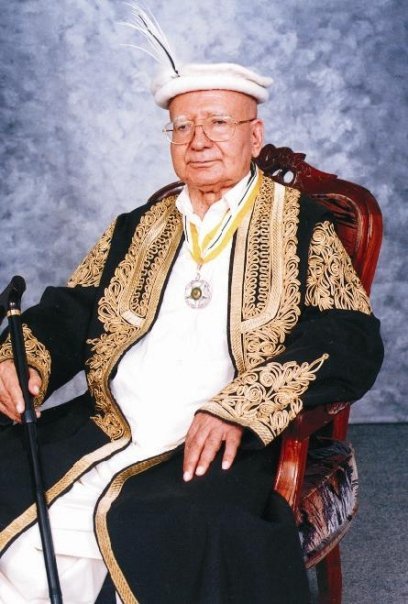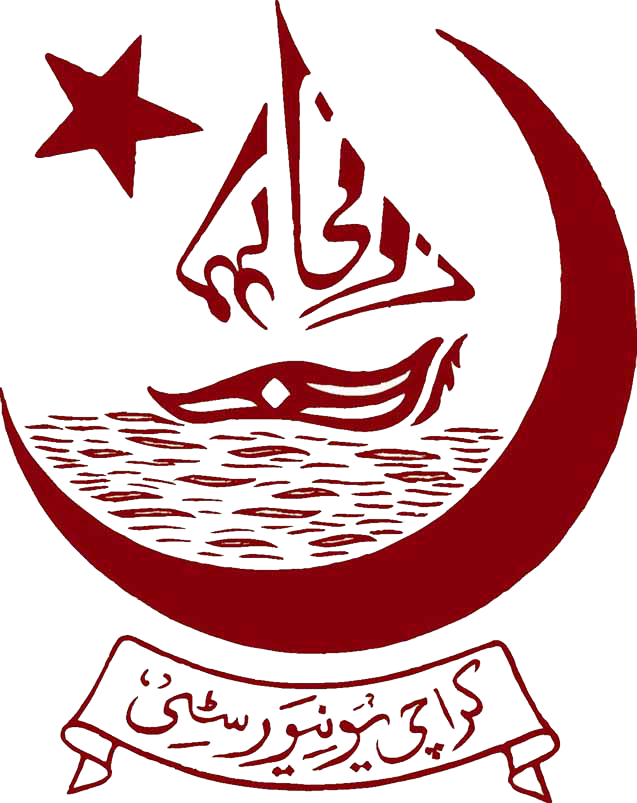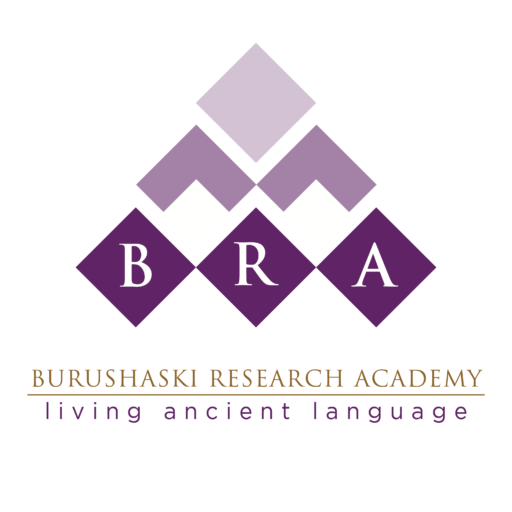Burushaski
Need to preserve the language
The people of these areas are known as Burusho and the word “Burushaski” actually means “language of the Burusho People”. The most striking fact about Burushaski is that to this date, it has not been shown to bear any relationship to any other language and in the classification of languages; it is classified as a “language isolate”, together with Basque, Finnish and about a dozen other languages in the world. In other words, the fact that the ‘mother’ language from which Burushaski has sprung up has been lost and since its ‘sister’ languages have vanished completely, makes it an exceptionally unique part of the human heritage. Drawing similarities with other languages like Macedonian, Hungarian and Phrygian etc. continue by researchers and linguists, however, so far it has not been possible to identify any of these languages as source or fountain of Burushaski with certainty.
After centuries of isolation, the society where this language was preserved is increasingly exposed to outside pressures and influences. The natural conditions, the high mountains, rugged terrain and narrow gorges had made it impossible for outsiders to enter this area in the past. When the first European explorers reached this area in the 19th Century, they were intrigued and excited to find a language that seemed unknown to the world. Thus began the early work on the preservation and documentation of Burushaski. During the intervening 100 years or so, however, not much has happened, and this unique language could be threatened with serious dilution and degradation. With the opening of the area through Karakoram Highway and other external influences, the language and culture is facing a new challenge since. Economic migration, increased awareness and influx of various cultures through travel and tourism have brought an immense cultural change. In spite of the fact that the native inhabitants speak Burushaski as a means of communication, its application to school syllabus as a language course is still missing. Urdu, being the national language, is the main means of education and now with flourishing tourist industry English has become another important language to local people. Economic gains and trade facilities have also encouraged the locals to learn and speak Chinese Turkish language of China border. Moreover, the political structure of the area necessitates the presence of army and government officials from the southern parts of the country, which entails the presence of other regional languages, which are mostly Pashtu or Punjabi.
In this unending storm of other languages, Burushos have unconsciously started to drop their own ancient words and use Urdu words instead. Due to the external influences, more than half the present-day Burushaski vocabulary is of Urdu, Khowar and Shina origin (Khowar and Shina are two Northern Indic (Dardic) languages closely related to Hindi/Urdu). In addition, over thirty thousand Burusho presently living in different cities of Pakistan for educational or economic purposes, whose environment forces them to use different languages, have failed to retain Burushaski at homes and as a result in a considerable number of these families, children do not speak their mother tongue. All of these factors call for extraordinary measures to preserve and safeguard a language that not only represents the identity of a group of people, but has scientific and heritage value globally.
Burushaski Research Academy
Like in all other fields of development, where the indigenous efforts, local manpower and people of grassroots level are important to make an impact, the field of linguistic research by local people has seen a modest start. This was made possible largely by the efforts of a homegrown scholar, poet and linguist Prof. Nasir al-Din Nasir Hunzai, whose life long work has fulfilled this vacuum. He established the Burushaski Research Academy in the early eighties and conducted profound research work on this language through this institution. He is an author of over a hundred books on mysticism, Islamic esotericism; a profound linguist and a poet of four languages Urdu, Persian, Chinese Turkish and Burushaski with spiritual and devotional poetry of exceptional quality. For his intense research on Burushaski language the Ismaili Council for Hunza has given him the title of Baba-i Burushaski, the Father of Burushaski and in recognition of his unique services to Islam and Humanity and his matchless exposition of Qura’nic Wisdom, the Government of Pakistan has conferred one of the highest civilian awards Sitarah-i Imtiyaz (star of distinction) upon him in 2001.
Prof. N. Hunzai is the first poet of Burushaski language and his poetic collections have been the source of inspiration for all. In 1940 he developed, locally for the first time, the Burushaski alphabet and added eight new letters to the Urdu alphabet, representing peculiar sounds, giving this language its place among the written languages in the East where previously Burushaski was only considered to be a dialect. The roman script was first used by Lt. Colonel D.R. L Lorimer in 1930s and was modified later by Prof. Herman Berger of Heidelberg University.
Prof. N. Hunzai has worked extensively on Burushaski grammar and created literature in this language in a systematic way, both in the Arabic and roman scripts. Burushaski Research Academy has published eight of his books on grammar namely Buruso Birkis, Sawene Barin, Burushaski Burjoniin, Inna’ Burushaski, Dekaran, Asqurine Basi, Shimol Boq, Jawahir Pare, The First Burushaski-Urdu Dictionary volume 1-3 and two poetic collections in Bururhsaki Diwan-e Nasiri and Bihishte Asqurin.

The University of Montreal invited Prof. Hunzai in 1978 and in 1981to the university, where he taught Burushaski language to Prof. E. Tiffou and Prof. Morris, of Department of Philology and Linguistics. The university appointed him as Research Associate for his magnificent services.
Apart from different books on Burushaski grammar, he is a co-author of Hunza Proverbs with Prof. Etienne Tiffou and other contributors published by University of Calgary Press in 1993. He is also the co-author of the First Burushaski-German Dictionary, compiled by Prof. Herman Berger at Heidelberg University, Germany. The dictionary was published in 1998. Prof. Hunzai had supplied 40,000 words to Prof. Berger on his request to be included in his dictionary. For many of these words, Prof. Berger had sought more details and other related information, which Prof. Hunzai forwarded to him after detailed research and great hard work.
Though the first time the literature produced in this language in recent history was in 1930s, Prof. N. Hunzai suggests that the presence of words girminas (writing) and gatanas (reading) in the original Burushaski imply that this language was read and written before, but it seems that over the time the written treasure of the language was destroyed. Prof. Hunzai believes that the breadth and depth of the language also reveals that this language was the language of a civilized people, he has drawn attention of researchers to the fact that the existence of the names of certain animals like elephant, monkey, jackal etc. entail that this was a language of an area where these creatures existed. Based on the ‘genetic’ structure and evolutionary cues contained in Burushaski language, modern scholars concur that this language has taken at least ten thousand years to evolve.
Many historians and even the local people have wrongly assumed that the people who speak Burushaski are the descendants of Alexander the Great who left sick soldiers from his army in this land and from them the whole area was inhabited. Based on the ethnic, linguistic and other differences and certain historical facts, this does not seem to be a true story. Prof. Hunzai and certain other local writers have come to the conclusion that Burusho, actually are a branch of Hun tribe who were settled in the northern and western parts of river Hawang in China. They had migrated from there and some settled in Hungary, while many others settled in present Qaraqoram, Hindukush and Himalayans. To strengthen the above statement Prof. Hunzai argues that the word Hunza actually comes from hun zad meaning the descendants of Huns. A Hungarian Professor Emir Oala had written a letter to Prof. Hunzai mentioning the similarities existing in some of the words of their old language and the Burushaski. He sent a few old names of his people and Prof. Hunzai was able to pick some, which were common names between the two kinds of people. This also strengthens the above opinion.
Burushaski Research Academy- its Achievements
The Academy has a body of office bearers consisting of a Chairman, Honorary Secretary and members managing committee. The Academy also has a body of national and international advisors who are mostly senior educated personalities spread all over Pakistan; a printing advisory committee also exists. These bodies consist of balanced representation of both the dialects of Hunza and Yasin. There are regional branches in Islamabad, Gilgit and Hunza. Without any assistance from outside, the Academy has been able to run a modest but effective program of activities as summarized below.
- Academy has been running formal or informal classes and research sessions for last three decades now. Initially those sessions were supervised by Prof. Hunzai himself and later, the research associates trained by him.
- Selected interested youth is invited to the Academy to observe the research work being done. They learn the Arabic and Roman scripts of Burushaski and train other people. A body of these trained youth is scattered all over Pakistan which try and create awareness in Burushos of different areas.
- The Academy, occasionally, organizes certain cultural programs within the Northern Areas and in other cities of Pakistan to create an awareness about the language and culture.
- Collaborated its research activities with Karachi University and the university, as a result, published the latest book of Prof. Hunzai “Shimol Boq” and Jawahir Pare and 3 volumes of the First Burushaski-Urdu Dictionary.
- The Academy has completed The First Burushaski-Urdu Dictionary in collaboration with Bureau of Cmpilation, Composition and Translation University of Karachi.
- Working on certain research projects under the guidance of Prof. N Hunzai and The University of Karachi a book of Proverbs with details and a Qa’imdad Mini Dictionary.
- Has prepared and launched a successful videocassette of Burushaski alphabet and rhymes for children especially for those who live in different cities of Pakistan.
- Organized a grand culture program at Pakistan Arts Council for the visiting faculty and students of Ditobunka University Japan. The program was organized on the request of Urdu Department of Karachi University.
- Sponsoring some of the individuals who have excelled in music and devotional poetry. The Academy has made dozens of audio and videocassettes of devotional poetry with traditional music.
- Academy also prepared historical cultural show cassette in Northern Paksitan covering all ancient traditions.
- Keeping relations with performers of local band, Hunza band and encouraging them from time to time. These performances are organized in Karachi for Burushos.
- Arranged meetings and programmes for foreign researchers who visited Pakistan’s Northern Areas to work on the language or meet Allamah Sahib. Prof. Skyhawk of Heidelberg University and Nejima Susumu of Kyoto University are two such researchers.
Collaboration of Burushaski Research Academy with Karachi University
Karachi University is an excellent Institute of Academic Learning and Research, which holds a distinct position among the Academic Institutions of developing countries. It is the center of the Third World Academy of Sciences. Since its inception in 1951, it had created intellectuals in every field of life. Today Graduates of the University are working within country and abroad on high professional positions. The University has been a welcoming institution for the students from Northern Areas of Pakistan and a significant number of graduates have completed their studies from this center of learning. The Bureau of Composition, Compilation and Translation, which has taken a special interest in promotion of Burushaski language is guided by the dynamic leadership of Dr. Moinuddin Aqeel, supported by his able colleagues, Syed Khalid Jamaee and Umar Hameed Hashmi. The Bureau has already published the latest book of Burushaski literature, Shimol Boq. Both institutions have close academic relations through frequent visits and meetings between the two institutions; much more will hopefully result in the form of more academic projects.

The First Burushaski-Urdu Dictionary
The proposal of Burushaski-Urdu Dictionary was discussed with Karachi University after this friendship and trust was established between the two bodies. Dr. Moinuddin Aqeel, Director BCCT suggested to involve Urdu Dictionary Board in the Project. Dr. Rauf, the Head of the Board, who was fascinated with the idea and then number of joint meetings of all three institutions brought clarity and strength to the project. Urdu Dictionary Board was established in 1958, immediately after the independence of Pakistan. Among other important tasks the most significant accomplishment of the Board is completion and publishing of 20 volumes of a new elaborate Urdu-Urdu Dictionary. This is the first of its kind of any institution working on Urdu language in Pakistan or India. All the giants of Urdu literature like Josh Malih Abadi, etc. have been part of this grand Board.
The collection of 60,000 words by the Burushaski Research Academy and the increasing interest of national Academic Institutions in Burushaski language have highlighted the need of a Burushaski-Urdu Dictionary. Karachi University and Urdu Dictionary Board endorsed the research idea of the Academy. To achieve this target the Academy is closely working with Karachi University and the Urdu Dictionary Board. Both these institutions have shown great interest in the Project. To advance the Project the Urdu Dictionary Board offered its technical help in guiding the Academy in the intricacies of compiling a dictionary while Karachi University agreed to publish that.
It is important to preserve the ethical and cultural ethos hidden in the expression of any language through publications like grammar, proverbs, stories, poetry and dictionary. The Academy embarked on the journey of preparing a dictionary after having published certain books on grammar to preserve and promote Burushaski language and literature. This project was conceptualized by the first poet of the language and a scholar Nasiruddin Hunzai, who identified eight categories e.g. agriculture, games, old and new professions, life style, animals, local celebrations etc. Data was collected under these headings in three phases. In the first phase key informants were interviewed for collection of actual spoken words with their appropriate meaning. The second phase consisted of writing explanation of those words into Urdu. The final phase is to put these words in alphabetical order to form a pre dictionary format. It was then reviewed and finalized. The literature was simultaneously searched to compare and augment the meaning and the expression. The expert opinion was also taken into account to validate the language words, its expression and meaning in Urdu.
